«- Back
Where to watch "Jurassic Fight Club"

12. Armageddon
No release date yet
Sixty-five million years ago an asteroid the size of Mt. Everest slammed into the earth near South America exploding with the force of a million nuclear bombs and unleashing the power of the sun. The entire biomass of the earth was set ablaze, the atmosphere was cooked and millions of life forms were wiped from the planet. Watch as experts, using the latest in modern scientific technology, reconstruct the last moments on earth and recreate the day that earth faced an unimaginable assault from space.
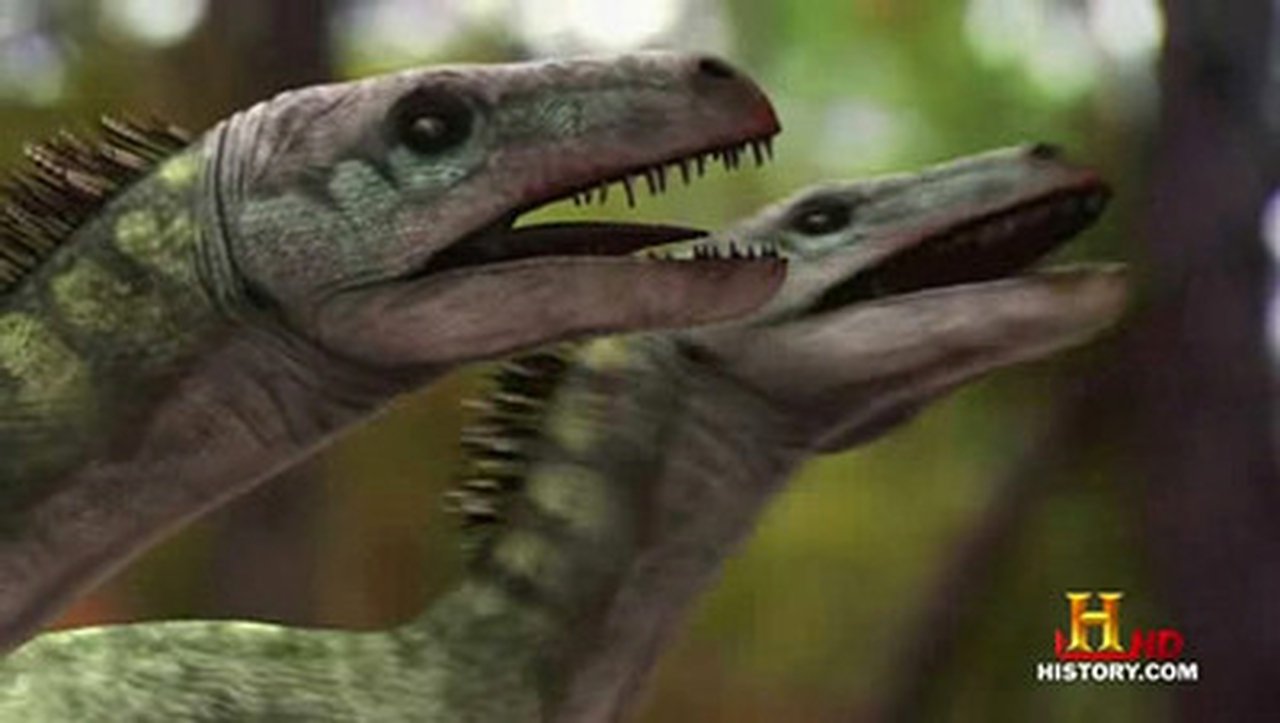
11. Raptor vs. T-Rex
No release date yet
On a hillside in the badlands of South Dakota a paleontologist, on a routine expedition, discovers the tail of a duckbilled dinosaur named Edmontosaurus. But as the tail is unearthed, it is discovered to be encased in mummified skin. Scientists were even more amazed when the skin appears to hold clues of a vicious attack by small predators. The discovery of tiny, serrated teeth are linked to dinosaurs called Dromaeosaurus; deadly members of the raptor family. But then the bones revealed evidence of a second attacker Tyrannosaurus rex. Using the latest in science technology, CAT scan results and modern forensic science, experts recreate the events that may have lead to the death of this massive dinosaur.
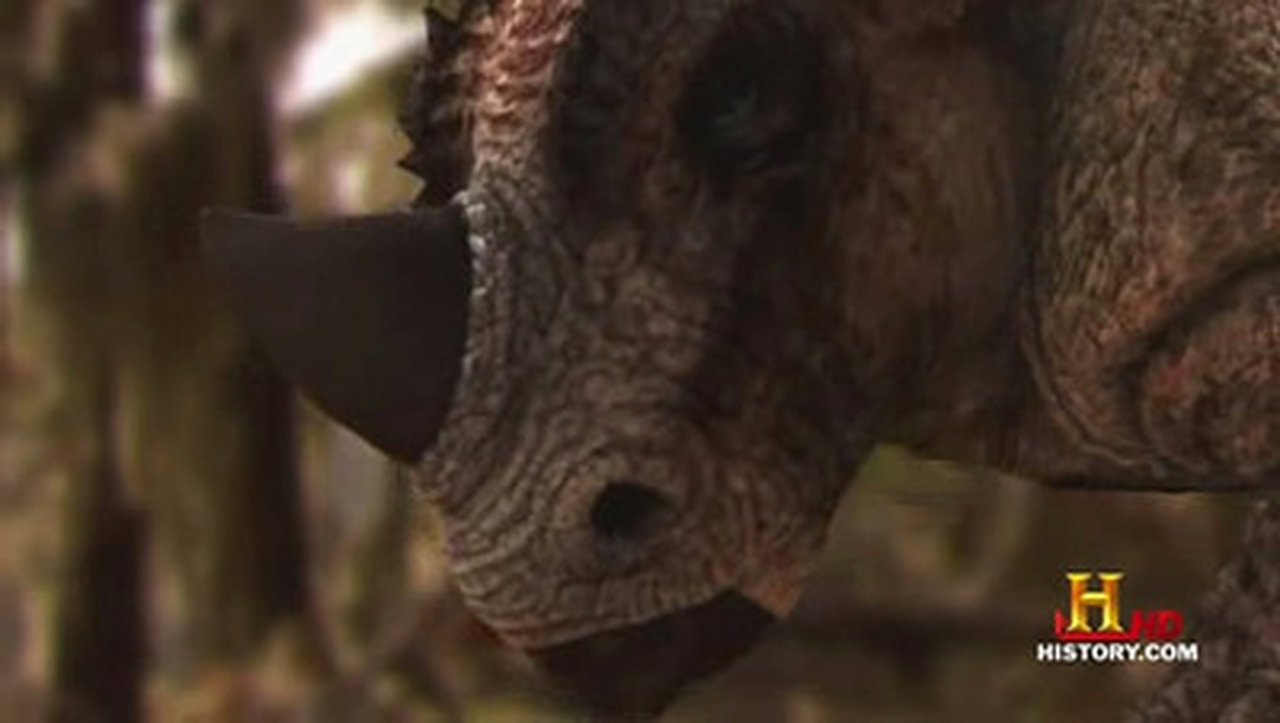
10. River of Death
No release date yet
The scene of the worst mass slaughter in the prehistoric world was discovered by paleontologists in Canada in 1986. Evidence shows that an entire herd of plant eating Pachyrhinosaurus was massacred by a giant meat-eater, Albertosaurus, who left hundreds of bones piled one atop the other. Forensic investigation showed that the bodies were crushed and broken by this powerful, agile and terrifying hunter. Watch as experts recreate events that may have lead up to the carnage of these ancient beasts, revealing a predatory world far more calculated--and complex--than we originally thought.

9. Ice Age Monsters
No release date yet
The remains of two of the largest predatory mammals of North America are discovered in a cave in Wyoming. The first is a 750-pound Mega-Lion and the second is an eleven foot tall bear equipped with huge claws and muscles. How could an ecosystem support two predators of such size and raw power? Using evidence collected in the cave and studying the skeletal design of each combatant, experts are able to recreate a blow by blow account of how these two ice aged monsters fought to the death.
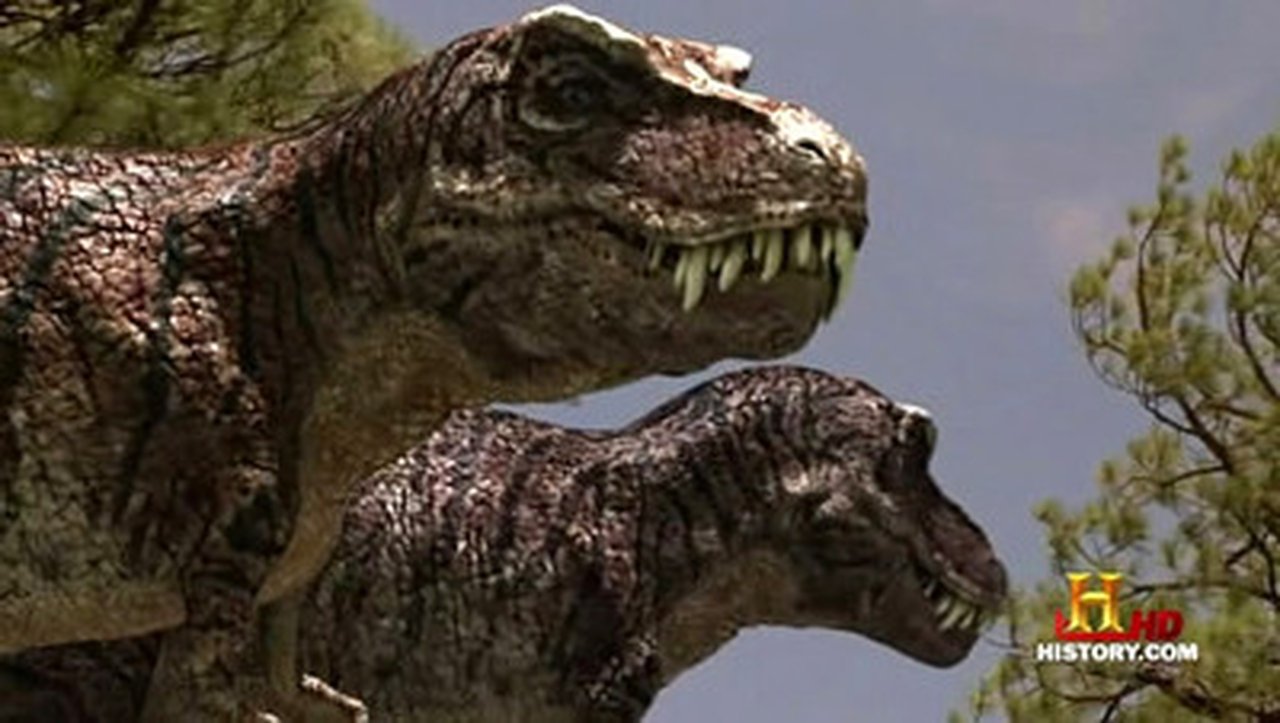
8. Raptor's Last Stand
No release date yet
1989, Moab, Utah, the remains of two new species of dinosaurs are discovered. Gastonia is covered in armor and spikes and Utahraptor is the largest member of the raptor family ever discovered. CAT Scans taken on the brain reveal new, never before known, information about these remarkable dinosaurs. Watch as experts reconstruct the lives of these ancient rivals and recreate a battle featuring power, stealth and secret weapons on an ancient battlefield over 120 million years ago.
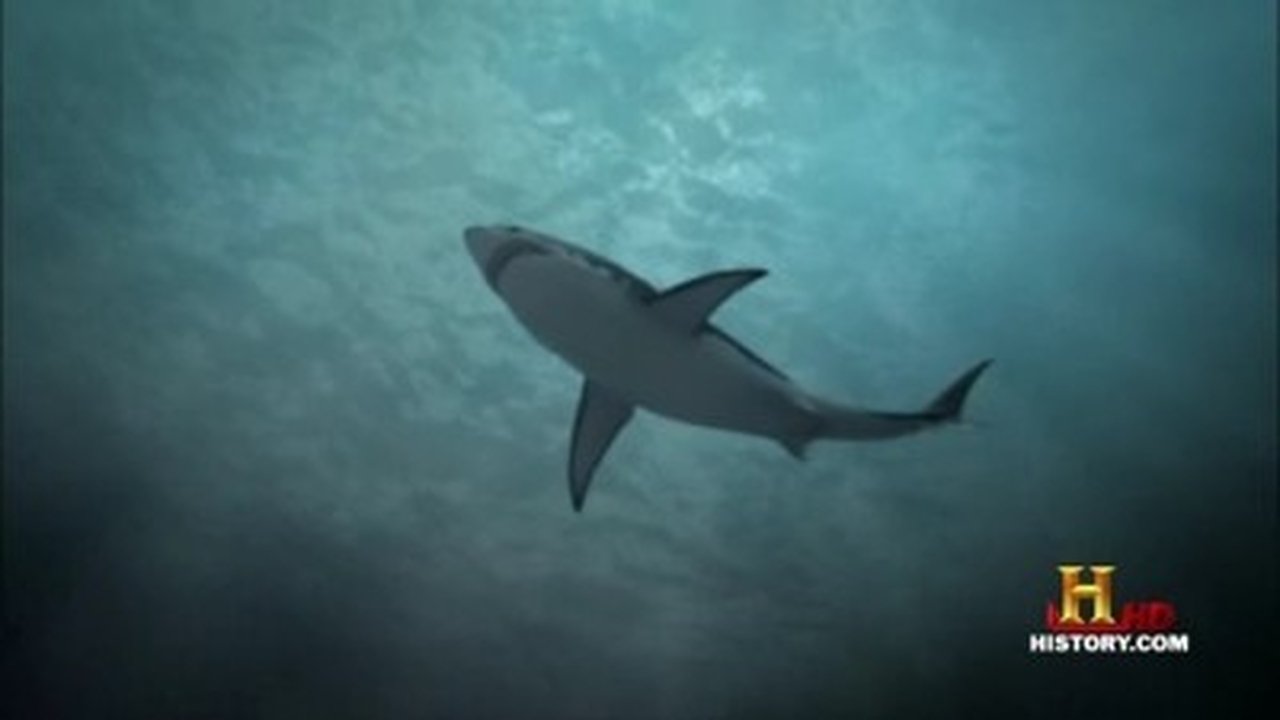
7. Biggest Killers
No release date yet
Utahraptor, Allosaurus, Majungatholus, Albertosaurus and Tyrannosaurus were the elite killers of the prehistoric world. Scientists now know more about these predatory dinosaurs by studying their skeletal designs and using information revealed through CAT scanning technology. Listen as the expert's size up these predators found in numerous worldwide locations and various time periods in their search of the largest killer of all.
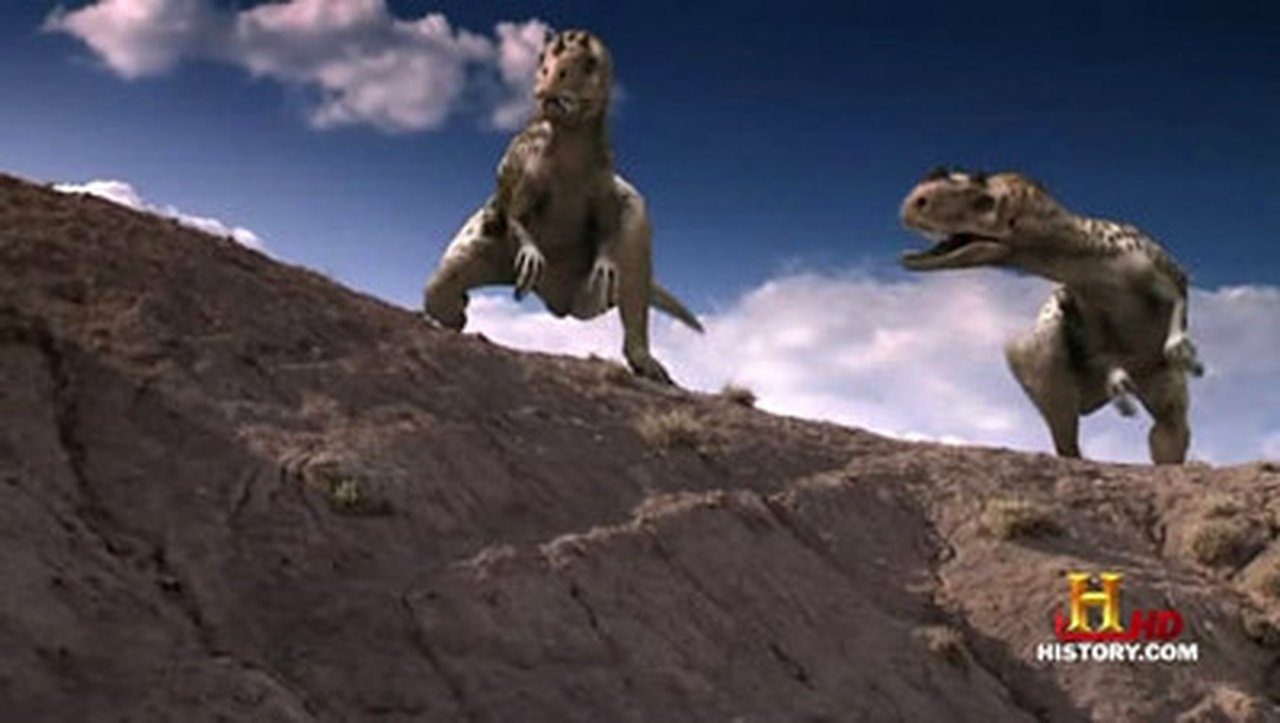
6. Hunter Becomes Hunted
No release date yet
A quarry in south central Colorado is found to hold the remains of four different species of dinosaurs. Two are docile herbivores: Camarasaurus and Stegosaurus. But the others remains are those of predators: Allosaurus and Ceratosaurus. Many of the bones have the telltale signs of bite and claw marks. By comparing the size, depth and shape of the marks and comparing them to the teeth and claws of the predators, experts are able to identify which of the dinosaurs is responsible for the grisly act of carnage. Then, using the forensic evidence found at the site, and intriguing new results learned through CAT scanning; they are able to reconstruct a battle that took place between the two predators, in a fight for dominance.
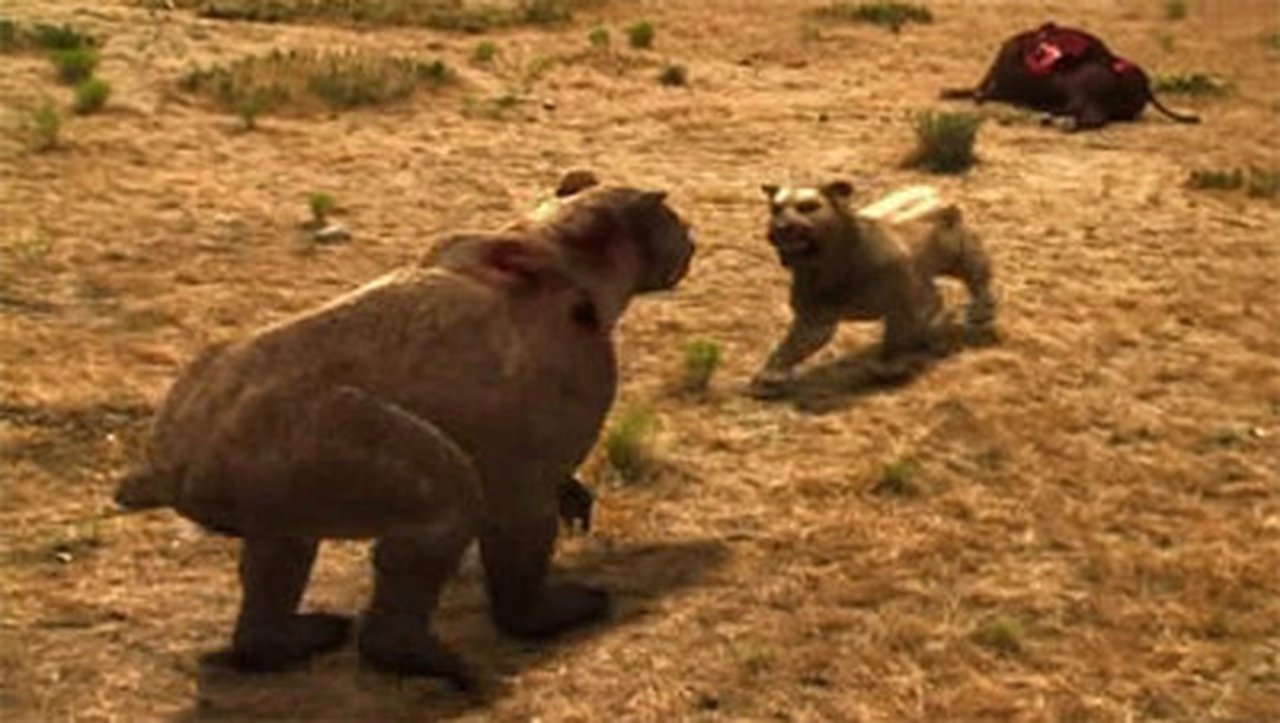
5. Deep Sea Killers
No release date yet
Megalodon, a 50-foot long cousin of the modern Great White Shark was considered the most dangerous predator in the 15 million year old seas. That belief held until a discovery in Japan in 1992 of a fossilized whale equipped with 44 teeth that equaled those of a Tyrannosaurus rex. Watch as experts recreate an undersea battle using modern whale and shark behaviors, and fossilized evidence to see how the two largest killers of the sea fought for supremacy.
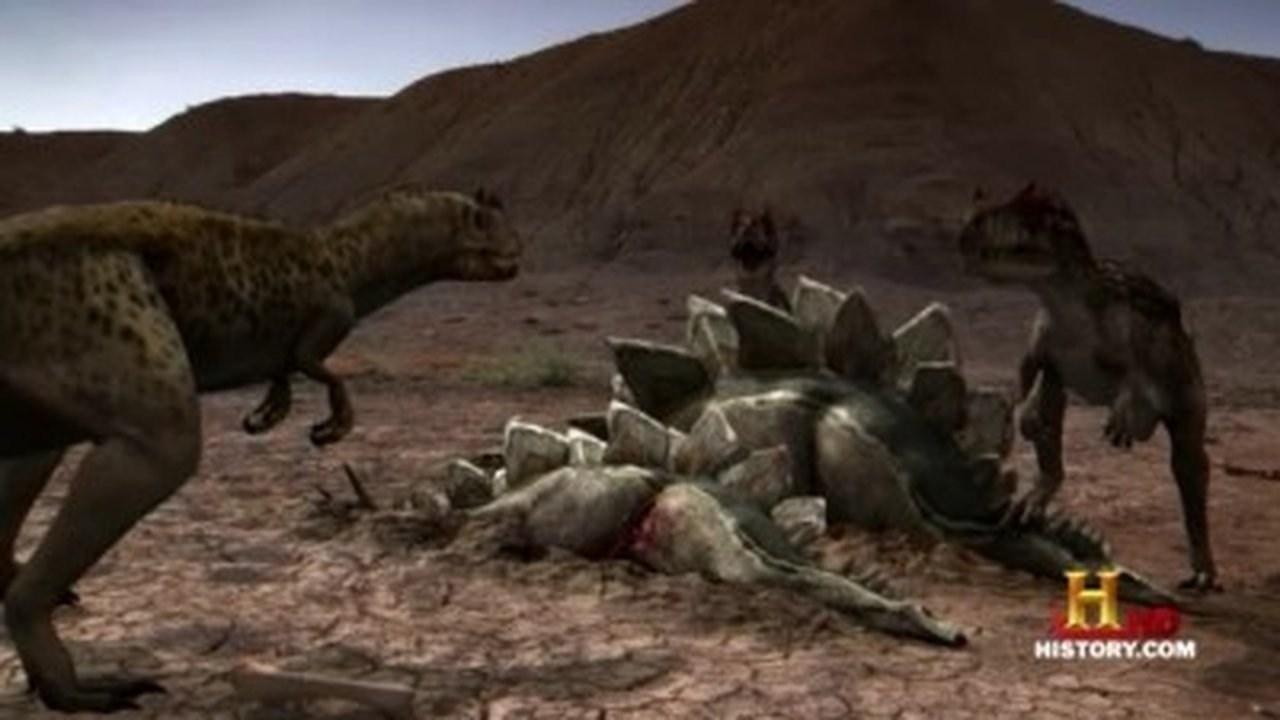
4. Bloodiest Battle
No release date yet
Discover a prehistoric watering hole where multiple dinosaur species fought to the death under the intense heat of a Jurassic drought. Watch as more than 15,000 bones are uncovered at the scene of one of the bloodiest battles in Paleohistory. Scientists are able to identify Allosaurus and its rival Ceratosaurus as the predators. Evidence collected at the site, detailed animal behaviors, and the results of hi-tech CAT scanning are used to recreate what happened on this dry lakebed in Utah 150 million years ago.
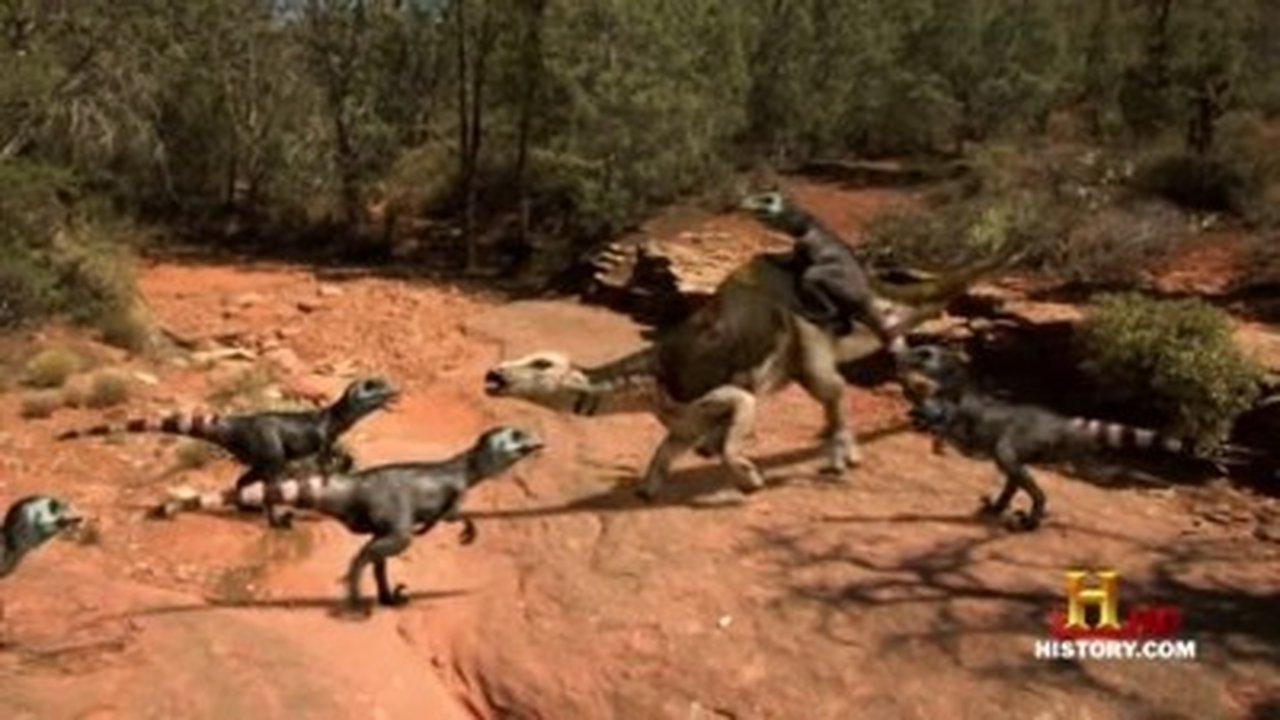
3. Gang Killers
No release date yet
In south central Montana, a group of bird-like predators called Deinonychus are unearthed, altering our view of dinosaurs forever. Scientists are quick to recognize that these creatures, equipped with a deeply recurved sickle-shaped claw, do not fit into the image of a slow-moving, cold-blooded dinosaur. Lying next to the skeletons of these raptors were the remains of a large plant-eating dinosaur called Tenontosaurus. Modern CAT Scanners help scientists get a never-before-seen look into how these animals moved, fought and behaved. Watch as experts recreate what happened when a pack of deadly raptors took on an adversary more than twice their own size.
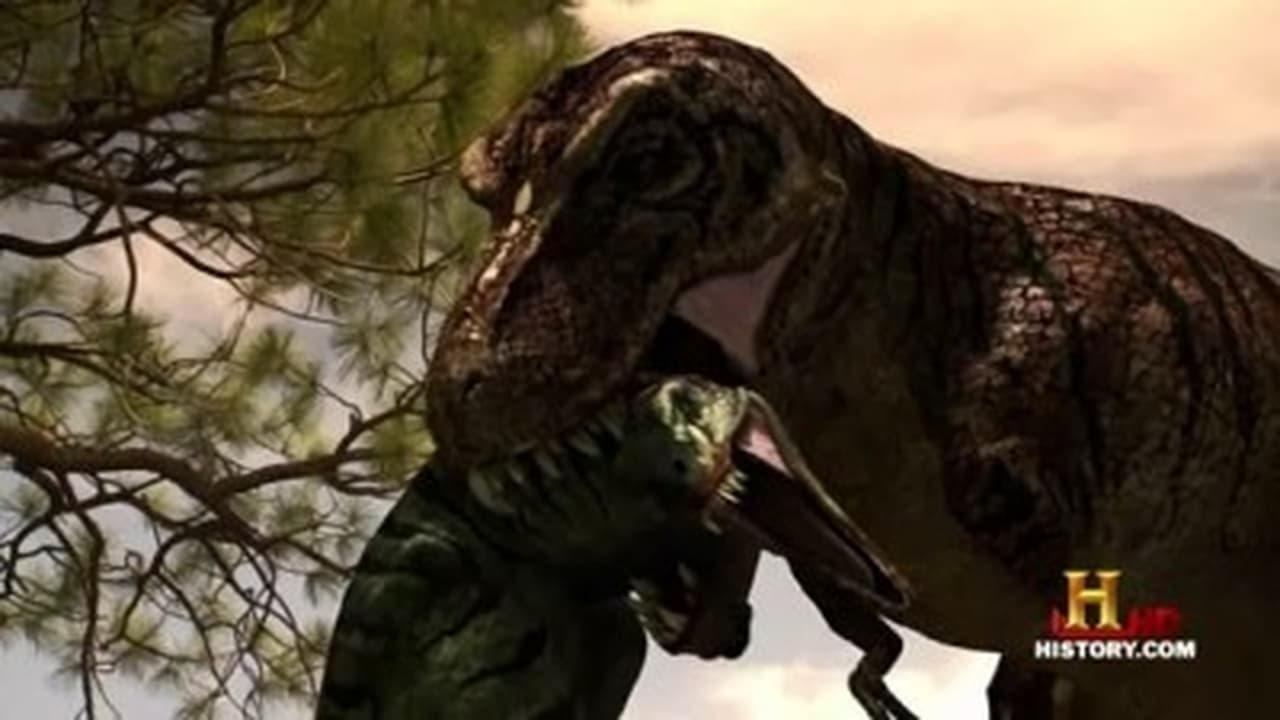
2. T-Rex Hunter
No release date yet
Tyrannosaurus rex was the most feared predator on earth--but to one dinosaur, he was prey. A discovery in Montana reveals the broken and fractured bones of a juvenile T-rex, and the teeth of its attacker--Nanotyrannus. As modern crime scene investigative methods are used, paleontologists get an unprecedented look into a 65 million-year-old battle. Modern CAT scanning gives science a never before look into the functions of the brains of Tyrannosaurus and Nanotyrannus. Watch as experts recreate what happened when Nanotyrannus came upon an unguarded juvenile Tyrannosaurus rex.

1. Cannibal Dinosaur
No release date yet
In 1998, a team of paleontologists working on the island of Madagascar uncover the remains of Majungatholus--one of the most terrifying predators of its age. However, several bones are found to hold bite marks from another predator. Modern crime scene investigative methods are used to measure the bite marks, and together with evidence found at another site, the attacker is identified as another Majungatholus; thus uncovering the first authentic case of dinosaur cannibalism. Experts recreate a scenario of what occurred when a male Majungatholus went in search of a mate, but found a non-receptive female who was more interested in protecting her young than mating.
 Amazon
Amazon
























